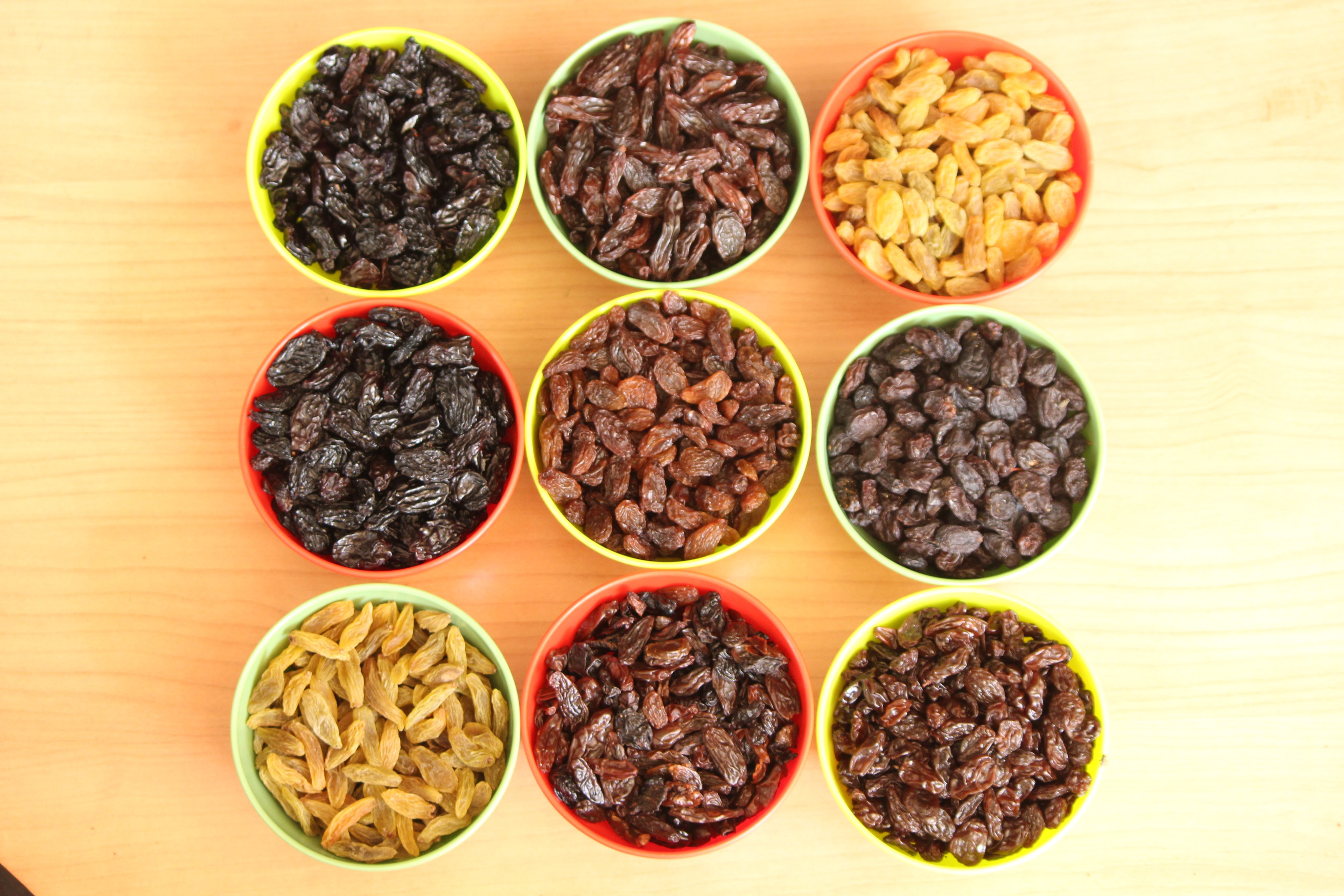Blog Details Turmeric Finger

Turmeric Finger
Turmeric finger refers to the dried rhizome of the turmeric plant, scientifically known as Curcuma longa. It's a key ingredient in many cuisines, particularly in South Asia, and is known for its vibrant yellow color and earthy, slightly bitter flavor. Turmeric fingers are often ground into powder form for use in cooking, traditional medicine, and as a natural dye.
Turmeric is a bright yellow-orange spice commonly used in cooking, particularly in Indian cuisine. It is derived from the root of the Curcuma longa plant, which is part of the ginger family. Turmeric has been used for centuries in traditional medicine, particularly in Ayurveda, for its potential health benefits. Here are some key points about turmeric:
Active Ingredient: The primary active component in turmeric is curcumin, which has potent anti-inflammatory and antioxidant properties.
Health Benefits: Turmeric is believed to help with various health conditions, including arthritis, digestive issues, and skin conditions. It may also play a role in preventing heart disease, Alzheimer's, and certain cancers.
Forms: Turmeric can be used fresh or dried and ground into a powder. It's also available in supplement form, such as capsules, tablets, and extracts.
Usage: In addition to culinary uses, turmeric is used in teas, smoothies, and golden milk (a warm beverage made with milk and spices). It's also applied topically in some traditional beauty treatments.
Absorption: Curcumin has poor bioavailability on its own, meaning the body doesn't easily absorb it. It's often consumed with black pepper (which contains piperine) or fat to enhance absorption.
Safety: Turmeric is generally considered safe when consumed in moderate amounts. However, high doses or long-term use of supplements can cause gastrointestinal issues and interact with certain medications.
Recent Posts
October 05, 2023
October 05, 2023
October 05, 2023
June 08, 2024
July 23, 2024
September 06, 2024






